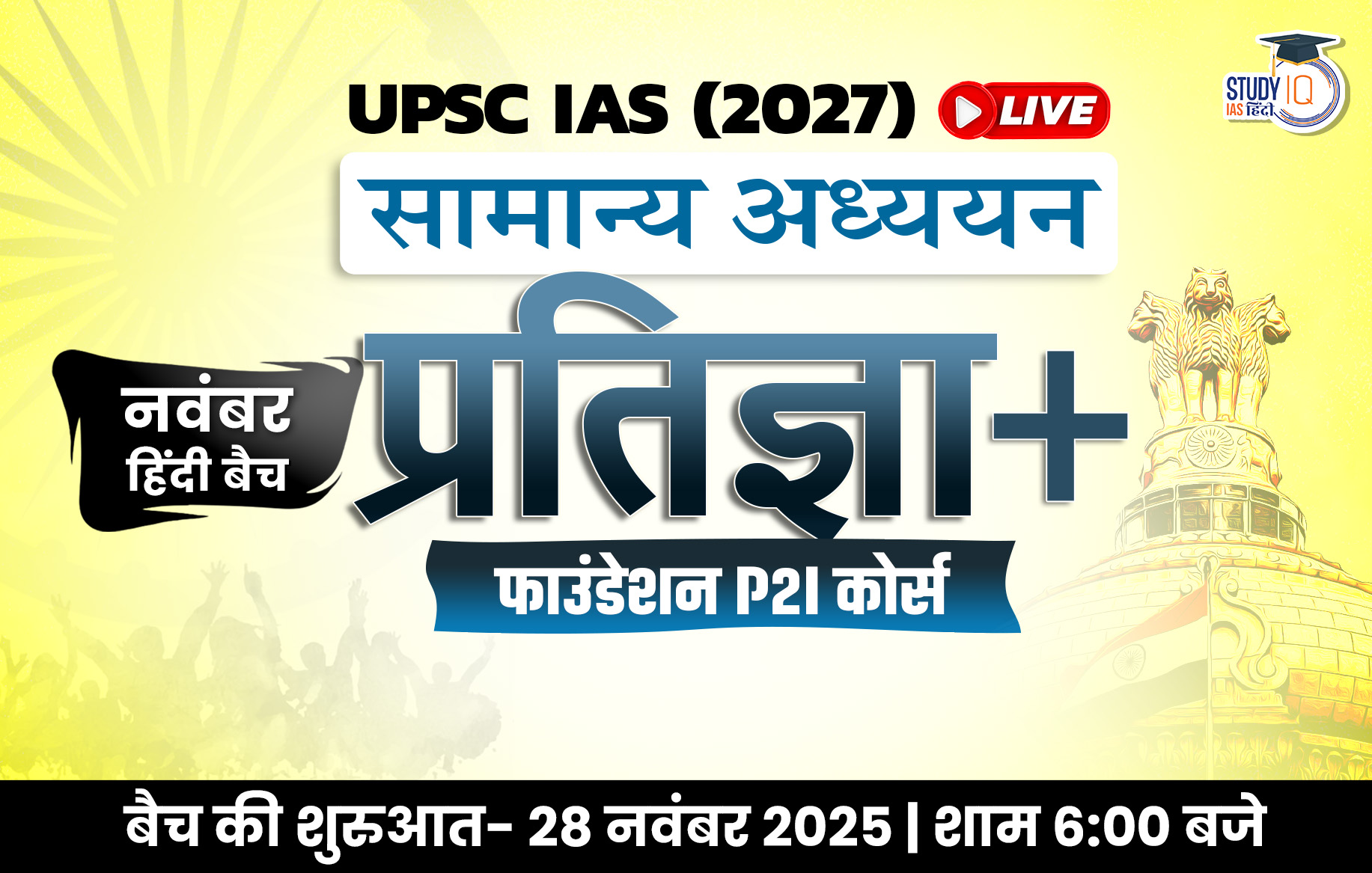About Pali Language
- Origin: The term “Pali” is a modern designation, and its origins are debated among scholars. Prior to the 6th or 7th century, there wasn’t a distinct language recognized as Pali.
- Early References: The earliest mentions of Pali can be found in the commentaries of Buddhist scholar Buddhaghosa.
- Literary Contributions of the Pali Language:
- It was adopted by Buddhist and Jain sects in ancient India and it became the primary medium for disseminating Lord Buddha’s teachings.
- Canonical Literature: The entire corpus of Buddhist literature, especially the Tipitaka (or “Threefold Basket”), is composed in Pali:
- Jataka Kathas: These non-canonical tales narrate the stories of the Buddha’s previous lives. They were also written in Pali.
- Text such as Dipvamsa and Mahavamsa, Milindpanho, Vishuddhimagga are also written in Pali language.
- Emperor Ashoka (268-232 BCE) played a significant role in promoting Pali.Many of his Rock edicts and Inscriptions used Pali.
| Indian Council for Cultural Relations (ICCR) |
|


 Precision Biotherapeutics in India: The ...
Precision Biotherapeutics in India: The ...
 India's Crypto Industry in 2025: Massive...
India's Crypto Industry in 2025: Massive...

























